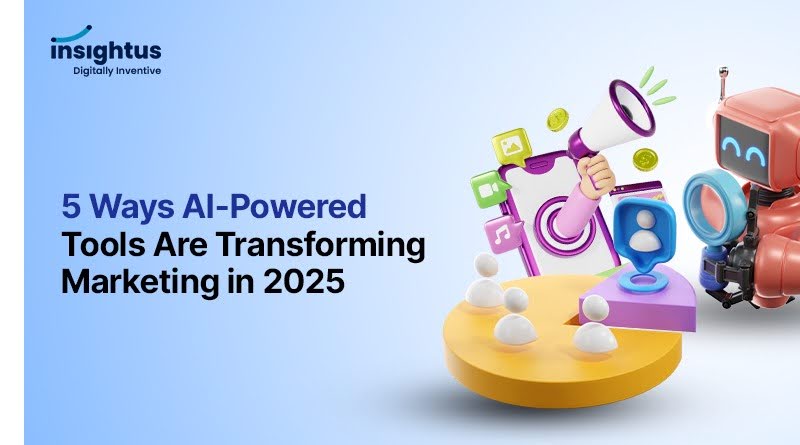
For Manufacturing, E-commerce & Financial Services Businesses
In 2025, smart marketing tools are no longer a future trend—they’re part of how competitive businesses operate every day.
Whether you’re in manufacturing, e-commerce, or financial services, the goal is the same: reach the right people, get better results, and reduce waste. That’s exactly what today’s smart marketing tools are built to do.
These tools don’t just save time. They help you understand your audience, improve how you communicate, and make smarter decisions in your marketing efforts—all without needing huge teams or advanced tech knowledge.
In this blog, you’ll discover 5 real, practical ways smart tools are transforming digital marketing in 2025. Each point includes industry-specific examples, real tools, and simple tips you can act on today.
1. 76% of Marketers Now Use Predictive Tools to Plan Better
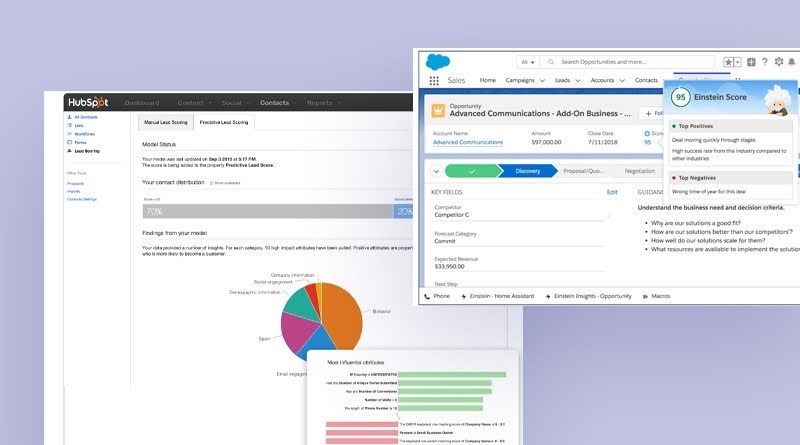
Stop guessing. Let the data show you what comes next.
A recent study by Salesforce shows that 76% of marketers now use predictive tools that help them see what their customers are likely to do next. These tools don’t just report what happened—they help you look ahead.
This means you can:
- Know when someone might be ready to buy
- Spot which customers might leave soon
- Focus on leads that are more likely to convert
This is especially useful in industries where timing is everything.
Industry Examples:
- Manufacturing: Use purchase history to predict when a client might need to reorder.
- E-commerce: Find customers who often leave items in the cart—send them a special offer in time.
- Financial Services: Identify which clients might need a new investment option or are at risk of dropping off.
Tools to Try:
- HubSpot Predictive Lead Scoring
- Salesforce Einstein
- Adobe Sensei
Quick Tip: Check your CRM. Most now offer predictive tools or lead scoring. Use them to focus on the contacts most likely to engage or convert.
2. 80% of Customers Expect Personalized Marketing Make It Easy with Smart Tools
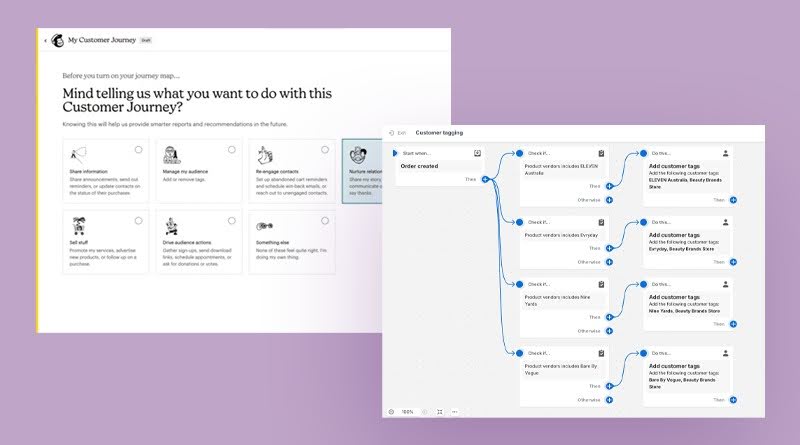
Send the right message to the right person every time.
According to McKinsey, 80% of consumers are more likely to buy from brands offering personalized marketing.
It goes beyond using a name in an email. Smart tools now let you:
- Show products based on browsing history
- Recommend services based on user activity
- Send emails that match their actual interests
Industry Examples:
- E-commerce: Suggest matching items based on past orders or what they viewed last.
- Financial Services: Share content that matches a user’s profile or financial goals.
- Manufacturing: Send different brochures or updates depending on the customer’s industry.
Tools to Try:
- Mailchimp Customer Journeys
- Klaviyo Segments & Flows
- Copy.ai or Jasper for creating content faster
Quick Tip: Even one personalized email can make a difference. Start by sending tailored product or service highlights based on what someone recently viewed.
3. Smart Ad Tools Now Cut Budget Waste by 30–50%
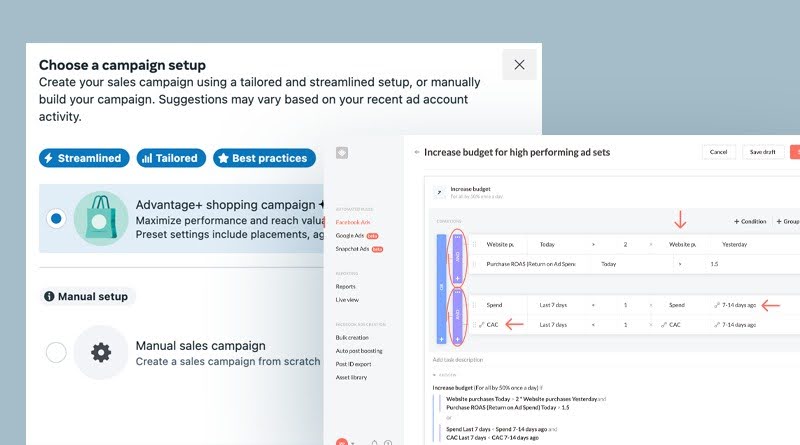
Better targeting. More results. Less money wasted.
A Wordstream study found that many small businesses waste over 30% of their ad budget. The good news? Today’s ad tools fix that.
Platforms like Meta and Google can now:
- Test multiple headlines and images for you
- Find the best audience based on behavior, not just location
- Shift ad spend to the best-performing campaigns automatically
Industry Examples:
- Manufacturing: Target engineers or plant heads who visited your site with follow-up ads.
- E-commerce: Let the system test different product images and automatically promote the top ones.
- Financial Services: Run lookalike ads that reach people similar to your top clients.
Tools to Try:
- Meta Advantage+ Campaigns
- Google Performance Max
- Madgicx
- Revealbot
Quick Tip: Create one smart ad campaign that uses multiple versions of text and images. Let the platform do the testing and optimization.
4. 60%+ of Fast-Growing Companies Use Email Automation for Smart Follow-Ups
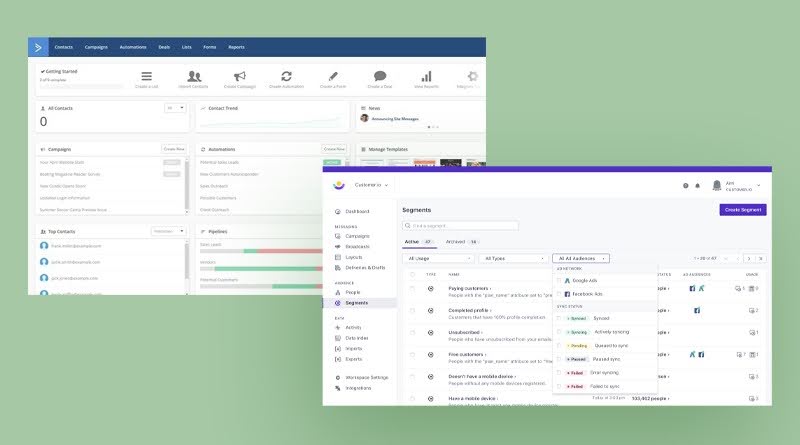
Keep in touch without chasing people manually.
A 2024 report by Litmus showed that companies using email automation grow 20% faster. Why? Because their follow-ups are timely, personal, and based on real actions.
Smart email tools let you:
- Send reminders when someone leaves a cart
- Share helpful content after a guide is downloaded
- Follow up after a call or product demo
Industry Examples:
- E-commerce: If someone doesn’t buy, they get a helpful nudge or a small discount later.
- Financial Services: After someone fills a form, send relevant next steps based on their interest.
- Manufacturing: Send follow-up emails based on which product page they visited or downloaded.
Tools to Try:
- ActiveCampaign
- Mailchimp Automations
- Customer.io
Quick Tip: Start with a 3-email flow: Welcome, Value Add, Call-to-Action. Test, then adjust based on replies and clicks.
5. 70% of Common Questions Can Now Be Handled by a Chatbot
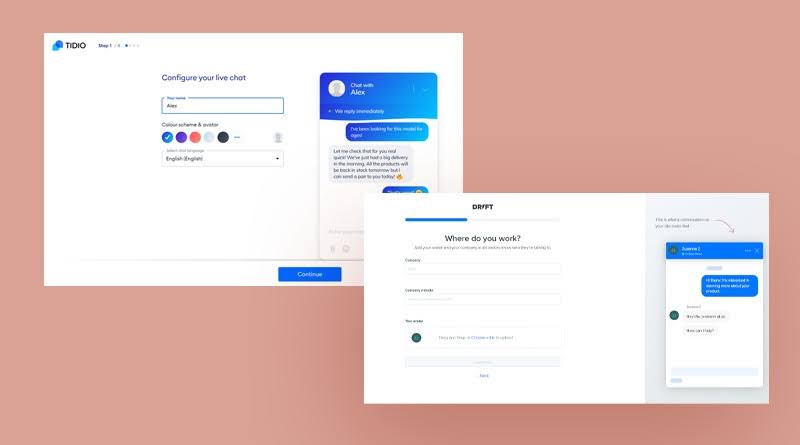
Help leads even while you sleep.
A 2025 Statista survey found over 70% of simple customer questions are now handled by chatbots. These aren’t the clunky bots from years ago. Today, they’re quick, easy, and user-friendly.
Chatbots can:
- Answer basic FAQs (shipping, pricing, process)
- Guide visitors to book a call or demo
- Capture lead details like name, email, and interest
Industry Examples:
- E-commerce: Help users track orders, find sizes, or check availability.
- Financial Services: Handle queries on account types, loan terms, or appointments.
- Manufacturing: Qualify leads by asking their product needs before connecting them to sales.
Tools to Try:
- Tidio
- Intercom
- WhatsApp Chatbots
- Drift
Quick Tip: Set up a bot with 3 starter questions: “What are you looking for?”, “Need pricing?”, or “Book a call?”
Bonus: Use Smart Tools to Monitor Competitors Automatically
Stay one step ahead, always.
Many companies now use smart tools to track their competitors without checking manually every week.
These tools send alerts when competitors:
- Change pricing or launch new offers
- Publish new blog content
- Get mentioned in reviews or on social media
Tools to Try:
- Crayon
- Visualping
- Brandwatch
Quick Tip: Track your top 3 competitors. Use what you learn to update your own campaigns, prices, or product features monthly.
Final Takeaway: Smart Marketing Tools Help You Do More With Less
These tools are not just for tech companies. If you’re in manufacturing, e-commerce, or financial services, you can use these tools to:
- Cut and waste
- Improve follow-ups
- Personalize your content
- Predict customer needs
All without adding pressure to your team.

